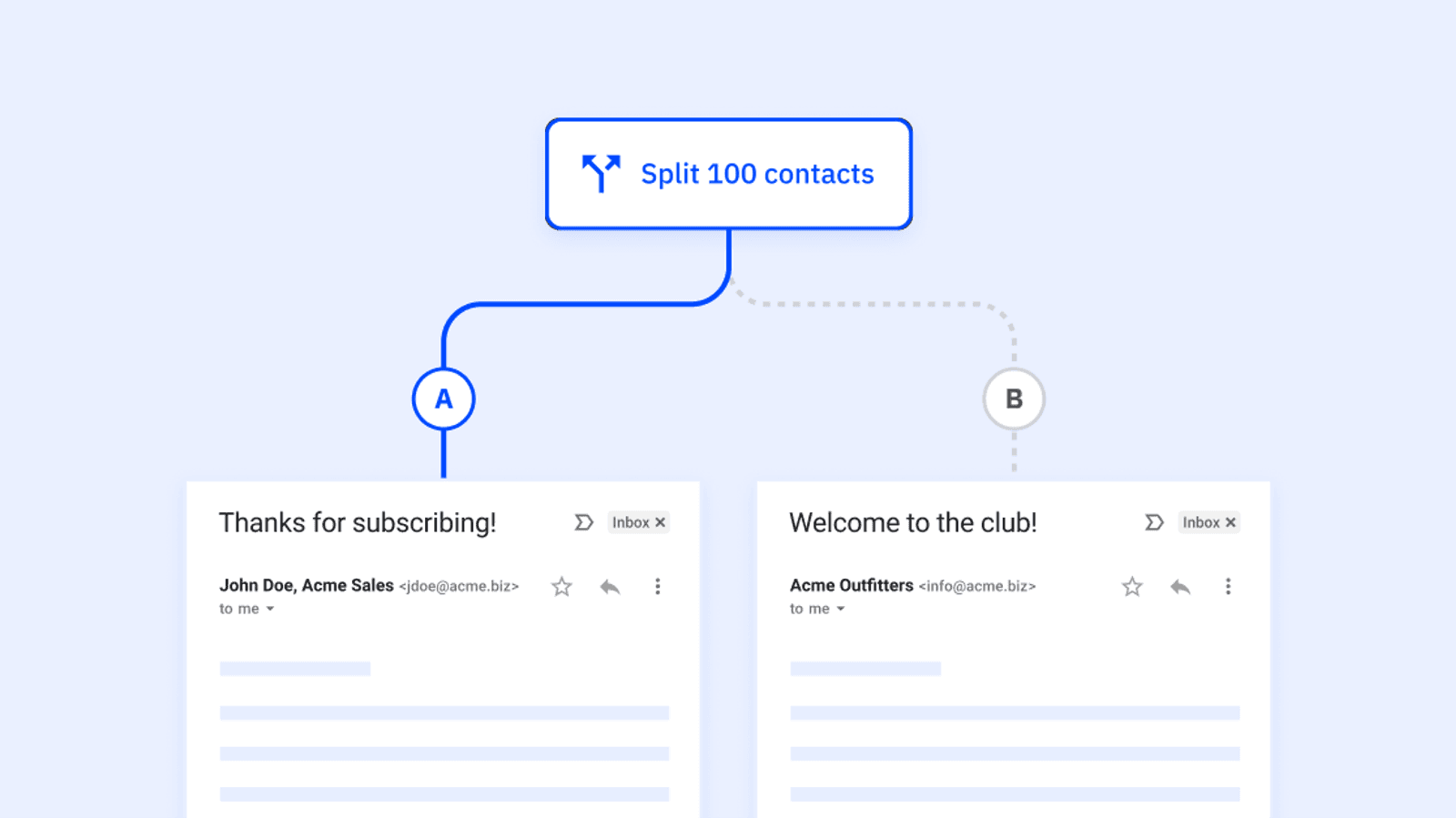Poor leadership can turn a team of A-players into an unmotivated mess.
Great leadership can help the same group improve, grow, and reach higher levels of performance than any individual on the team thought possible.
For all that’s been written about leadership, being a leader is still hard.
Great leadership takes a deep understanding of your direct reports and organization. It means pointing to the horizon and staying calm when things get difficult.
And it means constantly looking for new leadership techniques to support and improve the performance of your team.
Here are 7 leadership techniques that can help you become a better leader.
- De-hassle instead of delegate
- Help team members use their strengths
- Avoid “but,” “no,” and “however”
- Praise fast
- Communicate clearly
- Take a step back—even when they know better
- Answer questions with questions
1. De-hassle instead of delegating
One of the benefits of being in charge is that you can delegate the tasks that you don’t care for, right?
Nope.
Well, surely a great leader’s job is to motivate their direct reports (even if that doesn’t mean big motivational speeches).
It’s not that either.
Great leaders understand that leadership begins with the team you build.
When you build a team of talented people, you shouldn’t really need to spend much time amping them up. As Pixar co-founder Ed Catmull argued in his book Creativity Inc., one of the most important leadership techniques is to hire people smarter than you are.
A pair of quotes from Verne Harnish’s excellent book Scaling Up make this point well.
Smart, motivated people don’t need more motivation – they just need to stay motivated.
A lot of the time, leaders feel like they need to "inspire" their teams. But what does it mean to inspire a team?
If you get the right people on board, the tasks they do should excite them. Your job is to protect them from the things that steal their excitement. In task motivated leadership, that's inspiration.
It’s important to get the right people on the ship. To keep those people motivated, it’s important to give them a creative environment.
Then, work to remove demotivators instead of trying to motivate. No motivational speech is going to make a boring spreadsheet any less boring.
You’ll still need to delegate and divvy up work as a leader. But it’s important to view delegation as a process of finding the best person for each job – rather than the process of getting annoying tasks off your plate.
Of the principles of high performing teams, this is the most important. Hire smart people and give them the support they need – but also, leave them alone.
Try it now, for free
2. Help team members use their strengths
Being good at things feels good.
This second point builds on the first leadership technique of avoiding demotivation. Presumably, you hired your team because of their strengths – they had a technical skill or skill set that your team needed, and matched your culture.
If that’s true, then it’s crucial that your leadership techniques help them spend as much time on their strengths as possible.
As Harnish writes in Scaling Up:
Eric Barker, author of Barking Up the Wrong Tree, makes a similar point:
What is each member of your team best at? What gives them energy? Diverting workflows to play to people’s strengths – even two people with roles that seem similar – can help you create a highly energized team.
Bonus: have your team teach their strengths to each other. Forget trust falls – team building techniques are more effective when they build trust within the context of your work.
3. No “buts,” “nos,” or “howevers”
What’s your first reaction to an idea?
Leaders are the people setting the tone for performance in the workplace.
Most people would agree that it’s important to have a culture where ideas can flow freely. You don’t want someone with a potentially game-changing idea to sit quietly, right?
Ed Catmull argues this point in Creativity Inc.
But even though most people would agree that the free flow of ideas is essential to a healthy company culture, many managers unintentionally react to ideas in a way that discourages them in the long term.
The culprits? There are three: the words “no,” “but,” and “however.”
Uber-executive coach Marshall Goldsmith explained these powerful demotivators in his excellent book What Got You Here Won’t Get You There.
It’s not, ‘I have a different opinion.’ It’s not, ‘Perhaps you are misinformed.’ It’s not, ‘I disagree with you.’ It’s bluntly and unequivocally, ‘What you’re saying is wrong, and what I’m saying is right.’”
Note: You can agree that the idea is good and still fall into this trap.
The important leadership technique here is not that you have to accept every new idea that comes across your desk. It is that you need to make people feel good when they come to you with an idea.
When your first response to a new idea is “no,” “but,” or “however,” the first feeling the idea-giver has is disappointment.
Even if you ultimately agree with the idea. Even if the idea gets implemented. Even if the idea turns out to be game-changing.
When the first feeling someone gets is disappointment, they’re going to stop coming to you with their ideas.
4. Praise fast
What do leaders need to give their team?
Feedback.
Top performers crave feedback (criticism as well as praise).
When do you tell people that they’re doing a good job? How often?
The answer to this question is important. And it comes down to behavioral psychology.
In 1898, Edward Thorndike coined the term “Law of Effect” to describe a simple phenomenon: actions that get rewarded start to happen more often. Actions that get punished happen less often.
This key insight would later lead to the creation of behavioral psychology as a field, as well as the discovery of operant conditioning.
Once again, most managers would agree that it makes sense to praise employees. At the same time, not all managers are praising employees effectively.
In his book Turn the Ship Around!, L. David Marquet shares the key insight that separates effective praise from ineffective praise: immediacy.
As behavioral psychology research shows, rewards need to happen closely after the action they’re rewarding to be effective.
Through his experience in the military, Marquet has reached a similar conclusion – praise is more effective when you praise fast.
When you think about giving feedback, keep these points in mind:
- Criticism is really important (it's how people grow). At the same time, you should point out things that are going well.
- Praise should be as specific as criticism. A generic "nice work" loses meaning over time (especially when a top performer knows the work wasn't that great).
- Praise or criticize quickly, then move on. Feedback should be targeted at the work, not the person.
5. Clarity creates efficiency
Imagine you get an email introducing you to a potential professional partner. Everyone’s seen these emails—they usually look a little like this.
“Hi [Your Name]
As I mentioned the other day, I wanted to introduce you to [person’s name].
[Person’s name] is a [person’s job] at [person’s company]. She has [list of accomplishments, skills, speaking history etc.]
[Person’s name], [Your name] is [introduction to you].”
That’s a fine email, and the kind of email that’s extremely common.
But it could be made better with one additional sentence.
“[Your name], can you follow up with [person’s name] to discuss next steps?”
It’s a simple sentence, but behind its effectiveness is a big idea. Clarity—overwhelming clarity—is key.
Psychology research shows that uncertainty contributes to anxiety and can affect decision making.
Any amount of uncertainty—even as simple as not knowing who should send the next email—reduces the clarity of your communication and makes the next steps just a little bit harder for the people you manage.
As a leader, it’s your job to make sure that all communication is as clear as it can be. Any doubt you add to the situation can demotivate your employees, create confusion, and decrease efficiency.
At this point, you might think I’m blowing things out of proportion. We’re talking about one sentence in an email, right?
Yes and no.
- Yes. This example is just a single sentence in one email. But it’s so easy to include that additional sentence—and over the long term you improve clarity and follow-up.
- No. There are many other examples on a larger scale. Lack of communication and unclear expectations can lead to entire projects going down the wrong path—creating massive amounts of rework.
Make clarity of communication a habit. Always make your expectations known. Always make the next step as obvious as possible. Your team will thank you for it.
6. Hands off—even when you know better
Something is about to go wrong, and you can fix it.
But should you?
The obvious answer is yes. The less obvious answer is no.
When you’ve risen to a leadership position, your job isn’t necessarily to make sure that every individual task is completed to the highest possible standard. It’s to make sure that the team as a whole gets the best possible results.
Put another way, what’s the cost of you weighing in on every project—even when that project is part of your expertise?
Your team feels micromanaged. They stop coming up with ideas on their own. Your time gets increasingly spent putting out fires, instead of managing your team, growing, and working on strategy.
Verne Harnish makes this point well in Scaling Up:
This lesson applies to founders, as well as managers within teams. Weigh in as appropriate, but it’s important to let people work—even if that sometimes means they make mistakes that you could have avoided.
7. Answer questions with questions
How do you foster a culture that encourages people to come up with their own ideas
When you’re working with a team, your job is to get the best results from the performance of that team as a whole.
You can’t do that if you spend all your time putting out fires. Or if your team comes to you for approval and answers to every question.
In How Will You Measure Your Life, Harvard professor Clayton Christensen shares an insightful approach.
To be sure they understand it, I’ll describe to them how the process in the model worked its way through an industry or situation different from their own, to help them visualize how it works. People, typically, then say, “Okay, I get it.” They’ll then answer their question with more insight than I could possibly have.”
What’s the big idea here?
Your team is in the trenches. They have more information about their problems than you do. Sometimes your insight and guidance can be valuable, but a lot of the time they don’t need you to give them the answer—they need you to give them a better way to ask the question.
Christensen describes his theories. Then he lets the question-asker apply those theories to their unique situation.
This lesson is the core insight of L. David Marquet’s Turn The Ship Around
As Marquet argues throughout the book, an organization thrives when employees are treated as more than followers. When people can find and solve problems without rushing to the leader for approval, more gets done faster. Excellence is achieved.
One of the ways the leader can accomplish this? Answer questions with more questions
When someone comes to you with a question, don’t answer it. Instead, ask a probing question that helps them answer it themselves.
Much like Christensen, your goal is to help people realize that they already have all the information they need to solve their problems. By asking questions instead of giving answers, you encourage problem-solving and individual thinking.
If someone really can’t come up with the answer on their own, you can help them out. But leading with questions is a good step to creating a culture that solves problems.
Conclusion: Leadership techniques for high-performing teams
Great leadership comes down to maximizing the performance of your team as a whole.
How do great leaders lead? What leadership techniques do they use?
- De-hassle instead of delegate
- Help team members use their strengths
- Avoid “but,” “no,” and “however”
- Praise fast
- Communicate clearly
- Take a step back—even when they know better
- Answer questions with questions
Apply these leadership techniques and watch the performance of your team multiply.







